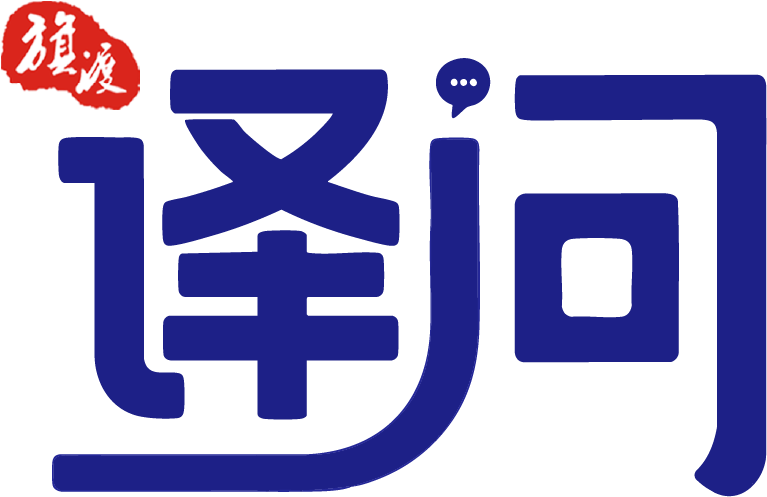上市公司报告-资产、负债和所有者权益
1.资产(assets)是指企业过去的交易或者事项形成的、由企业拥有或者控制的、预期会给企业带来经济利益的资源。资产的本质是一种经济资源。它包括实物财产、债权、其他权利等。资产表现的形式有多种:货币资金、应收账款、存货、固定资产、无形资产等。资产是一种能够以货币计量的经济资源。因为货币计量是会计核算的前提条件,所以,凡不能用货币可靠地计量的经济资源,就不能列入公司的资产,如人力资源等。资产又是一种公司拥有或控制的经济资源,所谓“拥有”的经济资源,是指公司对资产具有产权,而“控制”的经济资源,主要是指融资租赁取得的资产。
An asset is a resource with economic value that an individual, corporation, or country owns or controls with the expectation that it will provide a future benefit. Assets are reported on a company's balance sheet. They're classified as current, fixed, financial, and intangible. They are bought or created to increase a firm's value or benefit the firm's operations.
An asset can be thought of as something that, in the future, can generate cash flow, reduce expenses, or improve sales, regardless of whether it's manufacturing equipment or a patent.
例句1
An asset represents an economic resource owned or controlled by, for example, a company. An economic resource is something that may be scarce and has the ability to produce economic benefit by generating cash inflows or decreasing cash outflows.
资产代表由例如公司拥有或控制的经济资源。经济资源可能是稀缺的,但有能力通过产生现金流入或减少现金流出来产生经济利益。
例句2
An asset can also represent access that other individuals or firms do not have. Furthermore, a right or other type of access can be legally enforceable, which means economic resources can be used at a company's discretion. Their use can be precluded or limited by an owner.
资产也可以代表其他个人或公司没有的访问权。此外,权利或其他类型的访问可以在法律上强制执行,这意味着经济资源可以由公司自行决定使用。所有者可以阻止或限制它们的使用。
2.负债(liabilities)是指企业过去的交易或者事项形成的、预期会导致经济利益流出企业的现时义务,也就是企业资产总额中,属于债权人的那部分权益,表现形式有短期借款、应付票据、应付账款、预收账款等。现时义务是指企业在现行条件下已承担的义务。未来发生的交易或者事项形成的义务,不属于现时义务,不应当确认为负债。和资产类似的,负债也需要能用货币确切计量或合理估计,大多数负债都是有一个确定的金额,但是有的负债可能一时没有确定的金额,但是通过合理估计可以确定一个比较正确客观的金额,比如公司对其出售的货物承诺提供保修服务构成的负债,企业需要根据协议做出合理估计。
A liability is something a person or company owes, usually a sum of money. Liabilities are settled over time through the transfer of economic benefits including money, goods, or services. Recorded on the right side of the balance sheet, liabilities include loans, accounts payable, mortgages, deferred revenues, bonds, warranties, and accrued expenses.
Liabilities can be contrasted with assets. Liabilities refer to things that you owe or have borrowed; assets are things that you own or are owed.
例句1
In general, a liability is an obligation between one party and another not yet completed or paid for. In the world of accounting, a financial liability is also an obligation but is more defined by previous business transactions, events, sales, exchange of assets or services, or anything that would provide economic benefit at a later date.
一般来说,负债是一方与另一方之间尚未完成或支付的债务。在会计领域,金融负债也是一种义务,但更多的是由以前的商业交易、事件、销售、资产或服务的交换或在以后提供经济利益的任何事情来定义的。
例句2
Liabilities are categorized as current or non-current depending on their temporality. They can include a future service owed to others (short- or long-term borrowing from banks, individuals, or other entities) or a previous transaction that has created an unsettled obligation.
负债根据其暂时性分为流动负债和非流动负债。它们可以包括欠他人的未来服务(从银行、个人或其他实体的短期或长期借款)或产生未清偿债务的先前交易。
3.所有者权益(owner’s equity)是指企业所有者对企业净资产的要求权,是企业全部资产减去负债后的余额,按照形成的来源,可以分为投入资本和留存利润。前者是所有者投入企业的资本,后者是企业生产经营活动所产生的利润在缴纳所得税后的部分。投入资本还可以进一步分为实收资本和资本公积,在股份制企业,实收资本称为股本;资本公积则由发行股票时的溢价收入和其他资本公积等构成。从法律上讲,实收资本(法定资本或股本)不得任意减少,而资本公积则可能因分红方案等减少,如资本公积转增股本等。留存利润由盈余公积和未分配利润构成。盈余公积是企业提取一定比例税后利润形成的资本积累,来源是企业盈利,盈余公积金额达说明以前年度利润多,未来可以用来弥补亏损的金额就比较大。企业盈利可以股利的形式分配给股东,尚未分配的部分就形成未分配利润。
Owner’s equity is essentially the owner’s rights to the assets of the business. It’s what’s left over for the owner after you’ve subtracted all the liabilities from the assets. If you look at your company’s balance sheet, it follows a basic accounting equation: Assets – Liabilities = Owner’s Equity. The term “owner’s equity” is typically used for a sole proprietorship. It may also be known as shareholder’s equity or stockholder’s equity if the business is structured as an LLC or a corporation.
例句1
Business owners may think of owner’s equity as an asset, but it’s not shown as an asset on the balance sheet of the company. Why? Because technically owner’s equity is an asset of the business owner—not the business itself.
企业主可能认为所有者权益是一项资产,但它并没有在公司的资产负债表上显示出来。为什么?因为从技术上讲,所有者权益是企业所有者的资产,而不是企业本身。
例句2
When a company has negative owner’s equity and the owner takes draws from the company, those draws may be taxable as capital gains on the owner’s tax return. For that reason, business owners should monitor their capital accounts and try not to take money from the company unless their capital account has a positive balance.
当一家公司的所有者权益为负,并且所有者从该公司提款时,这些提款可能在所有者的纳税申报单上作为资本利得征税。出于这个原因,企业主应该监控他们的资本账户,尽量不要从公司拿钱,除非他们的资本账户有正结余。
企业经营所需的全部资金来自两条渠道,一是负债,二是投资者的投资及其增值。因此债权人和投资者对企业的资产均拥有要求权,但是负债和所有者权益之间又存在着明显的区别。一是偿还期限不同,负债必须于一定时期偿还;所有者权益一般只有在企业解散清算、或者破产清算时才会返还投资者。为了保证债权人利益,法律规定债权人对企业资产的要求权优先于投资者,投资者具有对剩余财产的要求权,又称剩余权益。二是享受的权利不同,债权人无权过问企业的重大生产经营决策,也无权分享企业的盈利,只享有到期收回债权本金及利息的权利,而投资者可通过股东大会或董事会对企业生产经营及盈利分配等政策施加影响。



